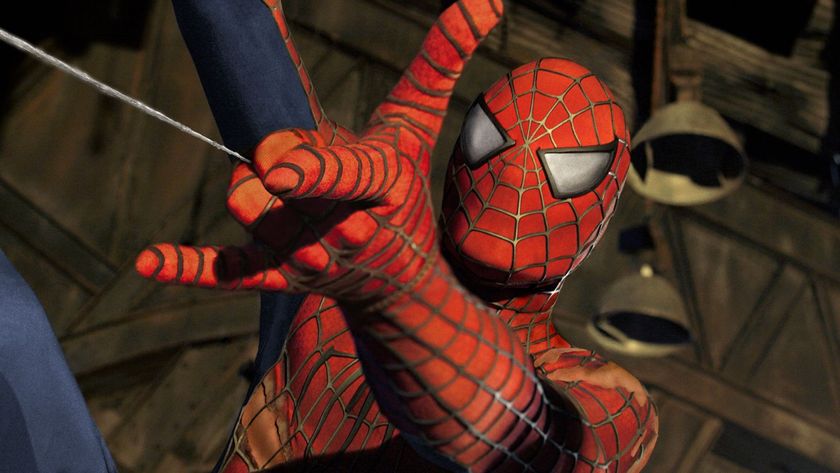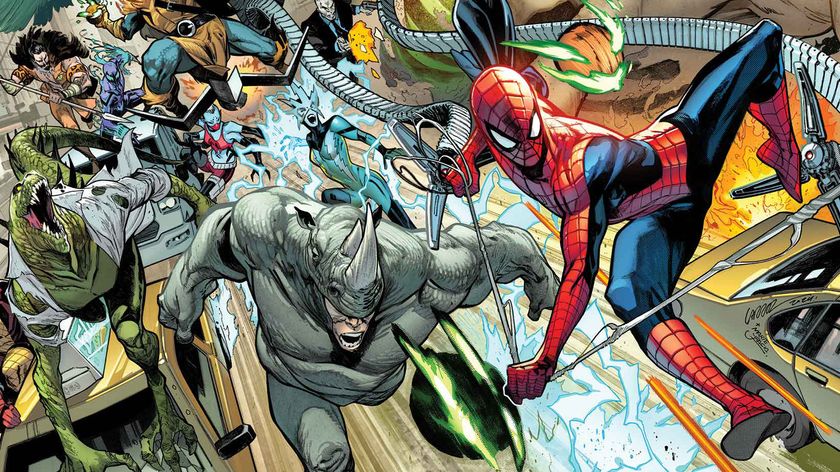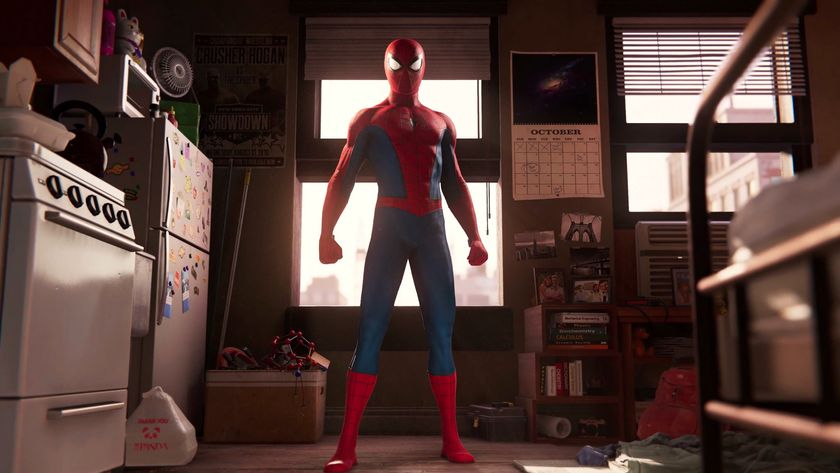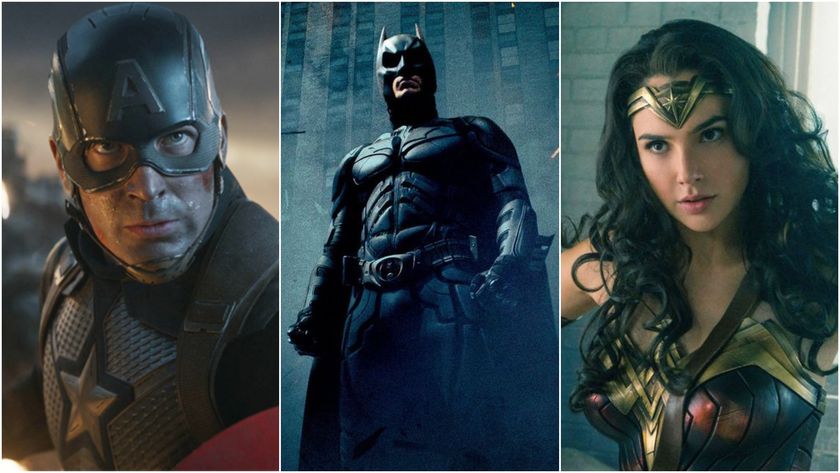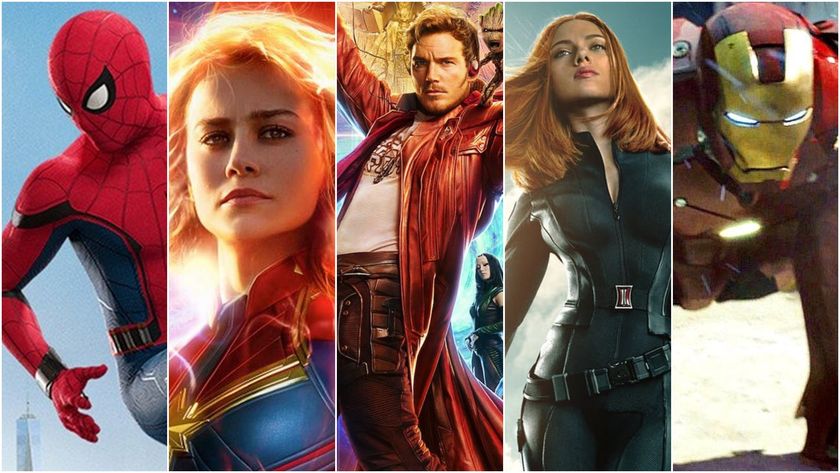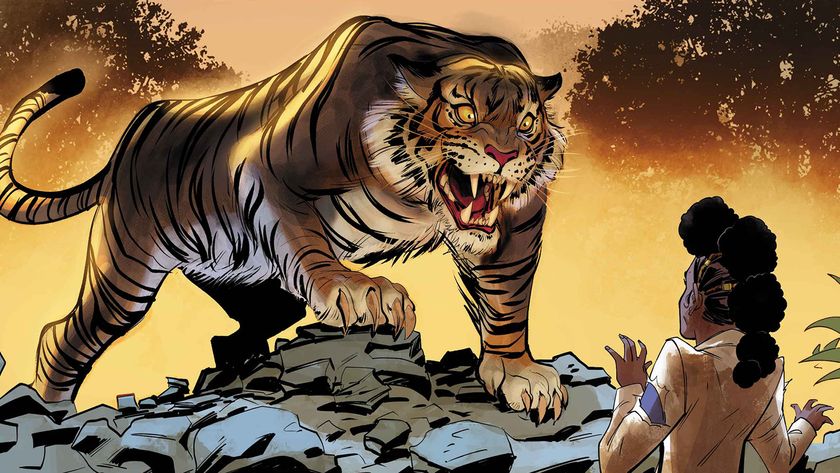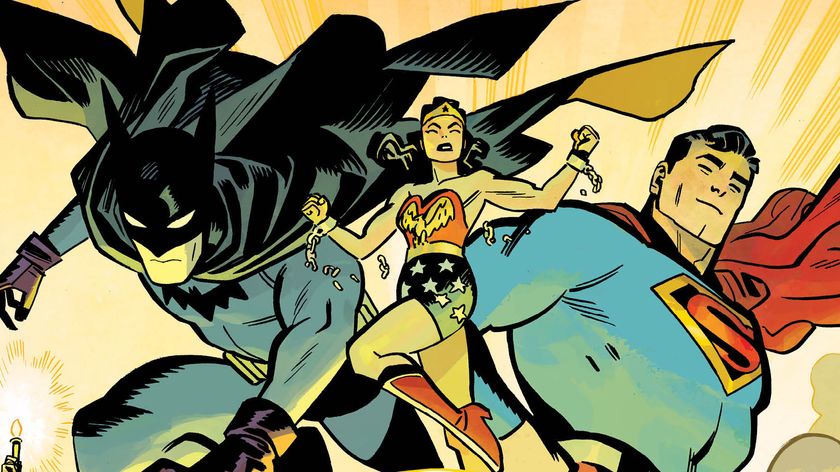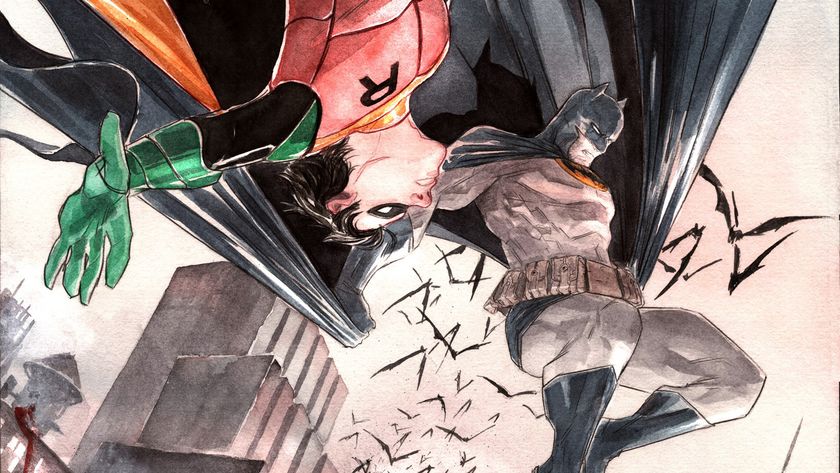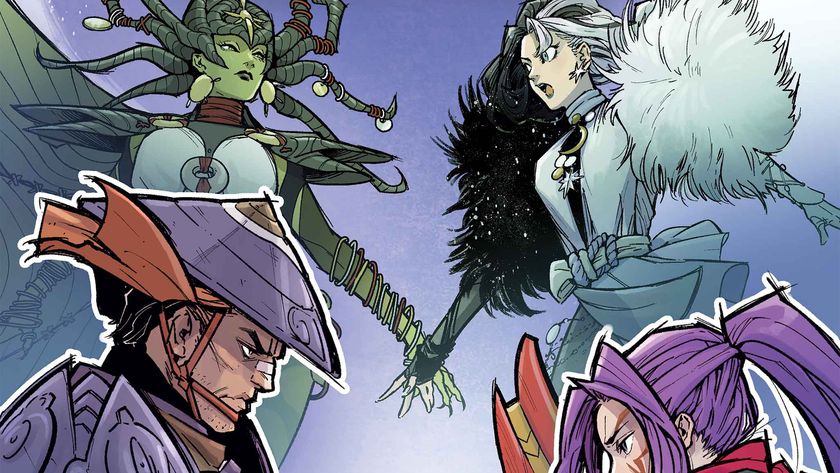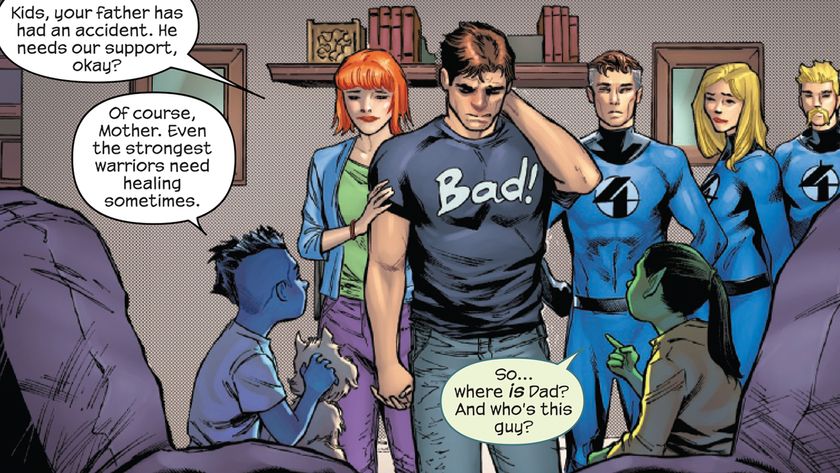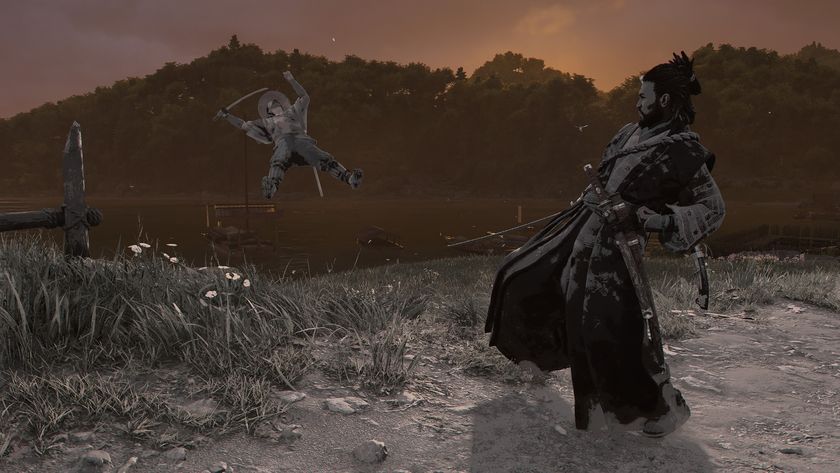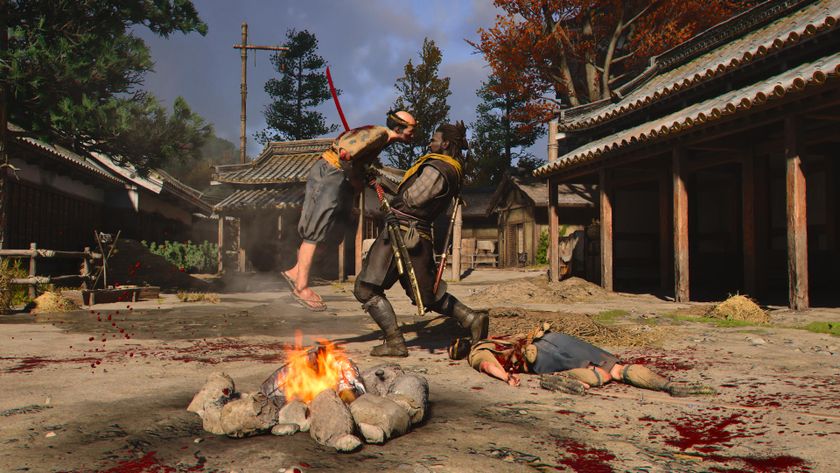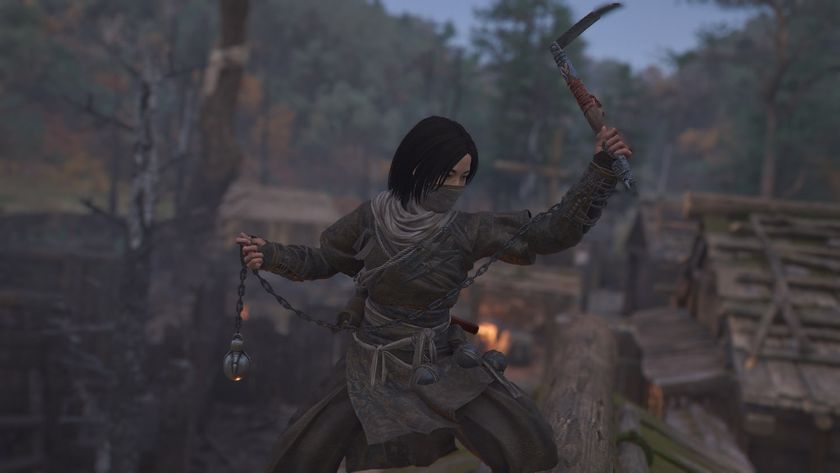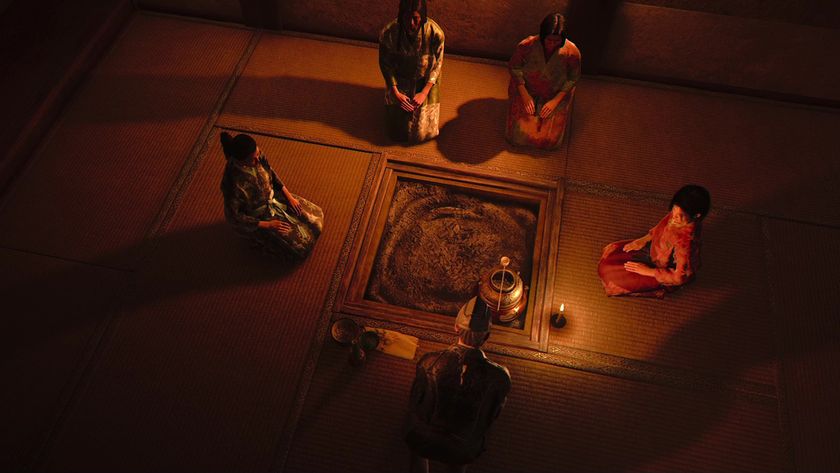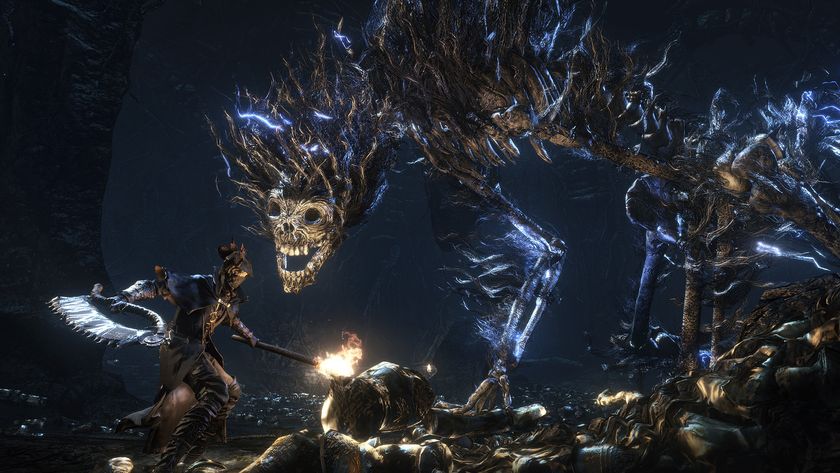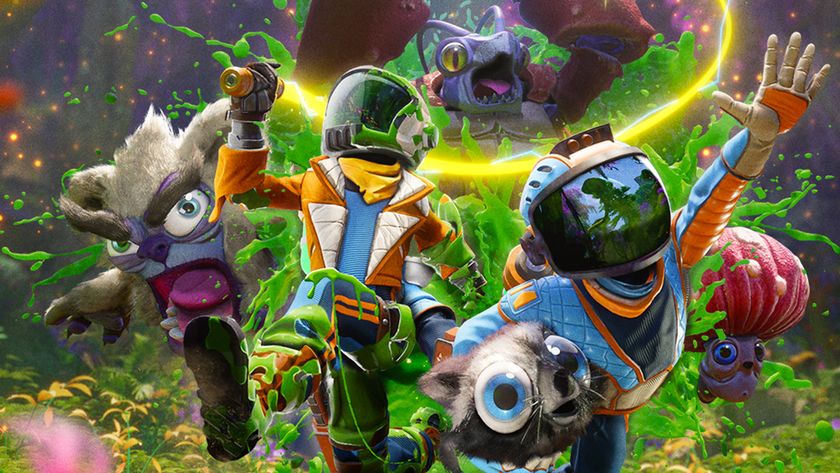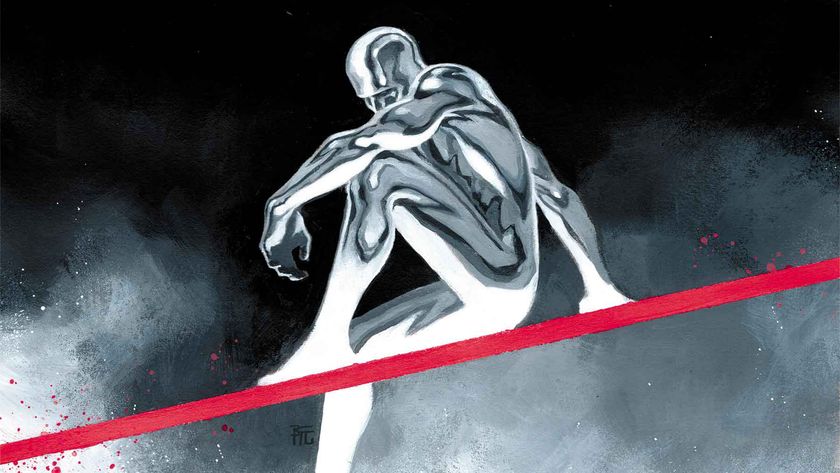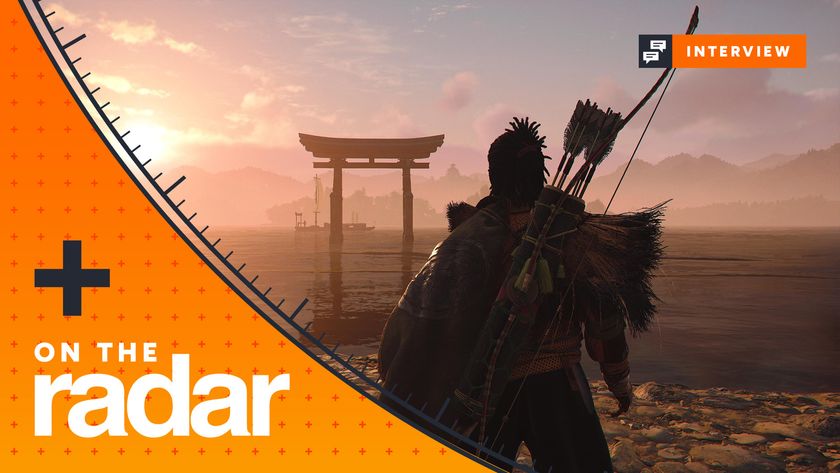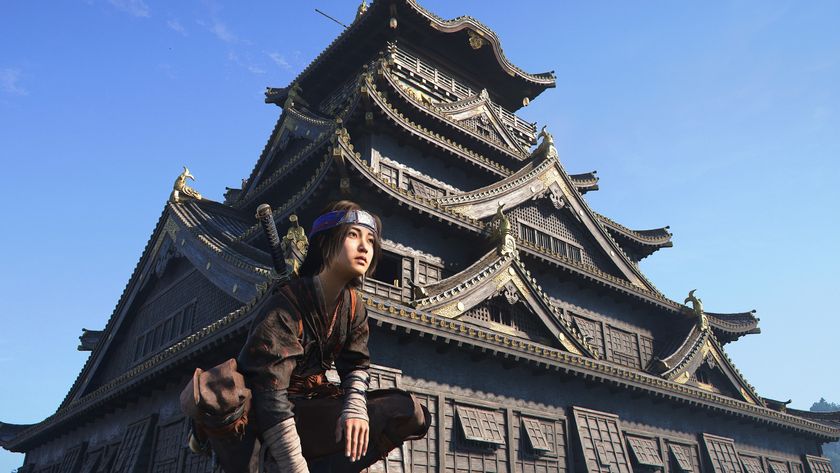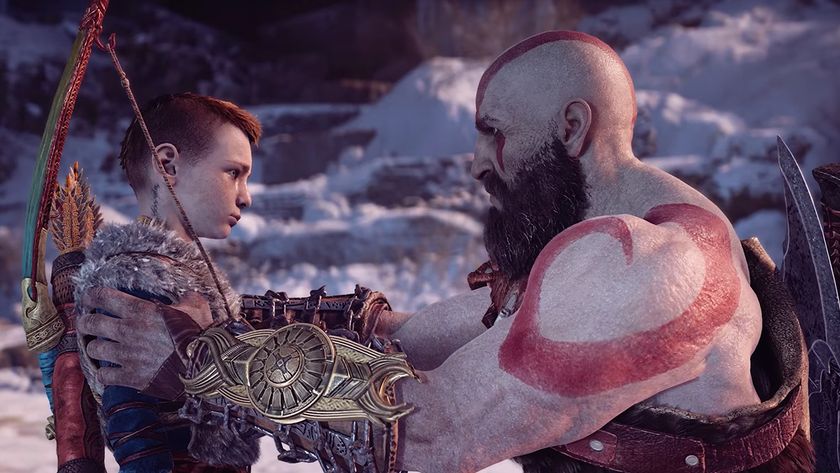Marvel's Best Spider-Mans
The secret IDs of the webbed wonder that make up the best Spider-Men ever
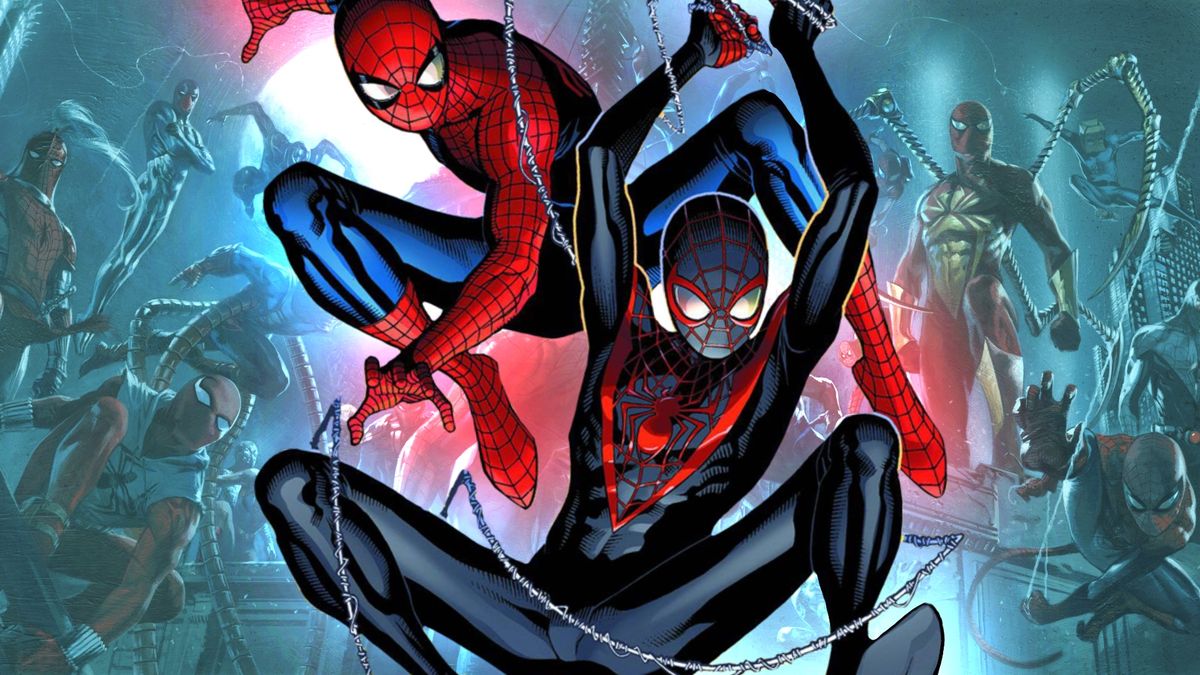
So who's the best Spider-Man?
If we're talking movies, some would say the original big-screen Wall-Crawler Tobey Maguire. Some might be partial to the current MCU Spider-Man Tom Holland. And no doubt there are even some Andrew Garfield stans out there,
But what if we asked the same question about comic book Spider-Men? For that discussion we have to expand the field, because not only have there been multiple Peter Parkers in the Marvel Universe, there have been dozens of alternate versions of Spidey, some not even a Peter Parker at all - a whole Spider-Verse of them, in fact.
But who's the best? Here are our picks for the best Spider-Mans of all time!
10. Mac Gargan / Ai Apaec
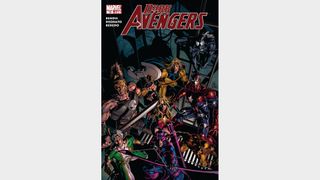
Two villains have played the role of Spider-Man in recent years, both as versions of the character with a team of 'Dark Avengers.'
While not quite on the level of Norman Osborn or Otto Octavius, Mac Gargan has to be mentioned in the conversation of Spider-Man villains, especially for the multiple roles he has played. He was once the Scorpion, but when Eddie Brock lay dying and auctioned off the Venom suit for quick cash, it came to Mac, making him the new Venom. Then, with Norman Osborn at the head, he posed as 'Spider-Man' on the first incarnation of the Dark Avengers. He since has become a new, suped-up version of Scorpion.
Meanwhile, the Dark Avengers continued on, with the new dark Spidey being played by Ai Apaec, a vengeful Peruvian spider-god. While he initially relied on Osborn to transform into the six-armed Spider-Man, he broke free and continued his adventures with the Dark Avengers even through some name changes up until their disbanding after a world-hopping experience of their own.
Comic deals, prizes and latest news
Get the best comic news, insights, opinions, analysis and more!
9. Pavitr Prabhakar
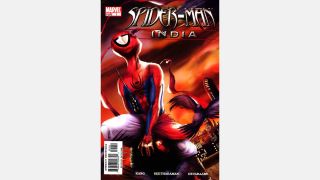
Spider-Man has reached children across the globe, and Marvel has truly embraced that. With multiple incarnations seeing various success in Japan, in 2004 Marvel teamed with Gotham Entertainment Group to create a unique incarnation of the hero in Spider-Man: India.
Pavitr Prabhakar was basically a simple Indian version of Peter, though his powers were granted to him by a yogi instead of a genetic/radioactive accident. His Uncle Bhim was killed, and he fights Nalin Oberoi (Norman Osborn) and an Indian version of Doctor Octopus in his story. There's even an Indian Mary Jane, named Meera Jain.
The series offered a unique look at Indian beliefs and mythology while also showing how Spider-Man fits into any culture the world around.
8. May 'Mayday' Parker
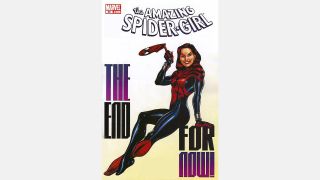
In a universe where the daughter of Peter Parker and Mary Jane Watson wasn't still-born or kidnapped or wiped away by a deal with the devil or whatever, she instead grew up to take over the legacy of her father as the MC2 Universe's Spider-Girl.
May 'Mayday' Parker was the realization of Peter's dream of having a family and a future beyond being Spider-Man, though he initially fought against her using the powers she'd inherited to fight crime.
Mayday is probably best known for having the little comic book that could. Facing cancellation several times, the series continued thanks to massive fan campaigns that brought it back as Amazing Spider-Girl, Spectacular Spider-Girl, and saw Mayday have her own versions of many of Peter's greatest adventures - including her very own Clone Saga. While her series did eventually come to an end, the character remained viable just in case Marvel seeks to continue her story in the (alternate) future.
A version of May also appeared in the alt-future tale Earth X, taking on the Venom symbiote for her super-heroic adventures. That version was seen a few years ago in the pages of Uncanny Avengers as part of an alt-futures/realities squad being recruited for a secret mission.
7. Gwen Stacy
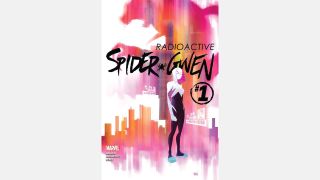
For years she was 'the girl who died,' but with the head-twisting surprise success of Spider-Gwen/Ghost-Spider she's become 'the girl who lived.'
Jason Latour and Robbi Rodriguez's alt-universe wallcrawler came out of nowhere to become a hit, quickly earning her a key role in Marvel's Spider-Family line-up.
A sort of mirror image of Spider-Man – Peter died in her reality instead of her – the concept plays to the same Ditko/Lee underdog-angst that defines Spider-Man without feeling like a retread.
Spider-Gwen has proved so popular that she was one of the breakout characters in 2018's Spider-Man: Into the Spider-Verse voiced by Hailee Steinfeld.
6. Ben Reilly
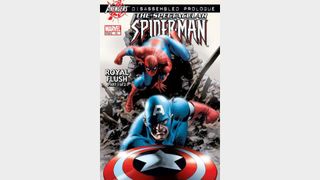
Believe it or not, the most prominent clone of Peter Parker didn't technically debut in the '90s or even the late '80s. He showed up for the first time in Amazing Spider-Man #149 way back in October of 1975.
Of course, people don't remember Ben for that brief first run with the Jackal. No, instead they remember him from the massive 'Clone Saga ' storyline that saw Ben, Peter, Kaine, and others entangled in a web (sorry) of mystery that got increasingly complicated and went on forever.
Ben, for a time, thought he was the real Peter Parker, and took over entirely as Spider-Man. He also debuted the identity of Scarlet Spider, now in use by fellow clone Kaine, and even once bonded with the Carnage symbiote, the "son" of Venom.
Reilly died to close out the Clone Saga, disappearing in a puff of dust, but he later returned in The Clone Conspiracy and, for a time, returned as the Scarlet Spider in his own ongoing series.
He's been something of the main Spider-Man again in the 'Beyond' era of Amazing Spider-Man for a few months now, but Peter Parker will be reclaiming the mantle full time soon and it looks like Ben will have to forge another new path.
5. Ultimate Peter Parker

In the year 2000, Marvel Comics launched a new Universe for the 21st-century reader, with updated versions of the characters and stories that had been made classic in the prior four to five decades. The flagship title of this Ultimate universe was Ultimate Spider-Man, by Brian Michael Bendis and Mark Bagley.
Ultimate Peter Parker still became Spider-Man, but rather than rapidly aging the character, his adventures were set entirely with him as a young teenager in high school, dealing with the life of an average 21st-century teen.
His job had him working online, he had love triangles, his powers were from genetic engineering (as were the powers of nearly every other Ultimate character for the first couple of years), and he got to truly explore what it was like to be a kid living with very adult experiences and responsibilities.
Ultimate Peter made the Ultimate sacrifice while fighting his world's Green Goblin, but the legacy of Spider-Man lived on in that world (more on that later).
4. Miguel O'Hara
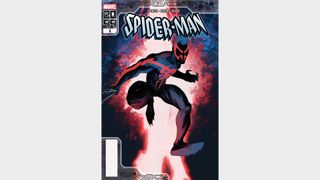
Marvel's first major foray into an alternate universe was actually a look into the future, all the way to the year 2099.
Created in 1992's Spider-Man 2099 #1 by Peter David and Rick Leonardi to help celebrate the 30th anniversary of Spider-Man, Miguel O'Hara lived in the dystopian 2099 future and was not just the first true legacy character of Spider-Man, but also by far the most popular 2099 character.
Inspired by Peter Parker's 20th Century hero of Spider-Man, Miguel, working for Alchemax, sought to create a new Spider-Hero, but quit the company when he disagreed with their testing methods. Of course, that just meant he would become the new test subject, leading to his development of super-agility, strength, plus speedy healing, and enhanced senses that let him perceive the world around him as if in slow-mo. His webbing was organic, and he clung to walls via tiny talons in his fingers and toes.
Miguel lasted beyond his own series, appearing in a few limited series, joining the Exiles, and showing up in multiple video games. He made an appearance in the recent Spider-Man: Across the Spider-Verse animated trailer and will celebrate his 30th anniversary in the Marvel Universe in 2022 which includes starring in a new series featuring other 2099 characters called Exodus.
3. Otto Octavius
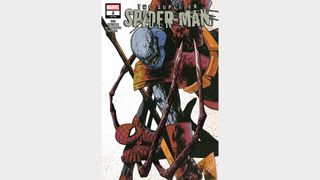
In July 1963's Amazing Spider-Man #3, Otto Octavius became the fearsome Doctor Octopus. He has since been one of Spider-Man's greatest enemies (or, as argued by some including writer Dan Slott, his greatest of all), plaguing Peter Parker both alone and often as the leader of the Sinister Six. He's been engaged to May Parker, died and been resurrected, fought the Avengers, and nearly died again.
Then, thanks to his genius intellect and his slow-burn shame to swap minds with Peter Parker, Otto Octavius's consciousness resided in Peter's body. And with all of Peter's memories, as well as the knowledge of how it felt to live through his major moments, Otto worked toward becoming the so-called Superior Spider-Man.
Otto promised a dying Peter Parker that he would not be leaving the world, or the identity of Peter Parker and Spider-Man, to a villain, and for the most part, he made good on his word. Unfortunately, as he tried to implement some of his more villainous ideas, including the Sinister Six, into his hero act, he faltered at times.
Finally, after a brief up-and-down brief career as Spider-Man, he made the ultimate sacrifice to allow Peter to return to defeat the Goblin King.
Still, Otto's time as Spider-Man wasn't over yet, as he eventually returned to the mantle of the Superior Spider-Man for a short time before returning to his roots as Doctor Octopus, a role he's been comfortably playing as a villain in the current run of Amazing Spider-Man as well as in the Devil's Reign limited series.
2. Miles Morales

Born of another of the genetically engineered spiders from the same experiment that changed Peter Parker's life, Miles Morales is a mild-mannered kid who, along with new powers, also became the first Black person to become Spider-Man.
Miles jumped to the mainstream Marvel Universe following Secret Wars, starring in his own currently ongoing Miles Morales: Spider-Man title and even joining both the Avengers and the Champions.
He was also the breakout star of Sony Pictures Animation's Spider-Man: Into the Spider-Verse, and is the star of the Playstation sequel game Miles Morales: Spider-Man.
Over the decades Marvel has tried to recapture the spirit of the original Spider-Man in young male heroes like Nova, Speedball, Darkhawk, Gravity, and others, but Miles wound up capturing it better than any previous attempt. Why did he work? Mostly because he's just an earnest, likable kid, but also because his differences and different background made him feel less like a rehash of a superhero trope, and more like a superhero trope being reimagined.
1. Peter Parker
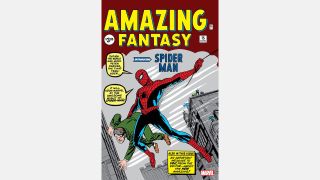
Who else?
He's the man that started it all. Debuting in Amazing Fantasy #15, Peter Parker became the Amazing Spider-Man after being bitten by a radioactive spider, which gave him the reflexes, proportional strength, and sense of impending danger of a spider.
Of course, that's not what it took to make young Parker a hero, however. It was the tragic death of his Uncle Ben, who had raised Peter as his own son, at the hands of a burglar he had a chance to stop that made Peter turn the corner from powered-but-selfish into a burgeoning superhero.
That special lesson, that with great power must also come great responsibility, didn't just influence Peter, but also all the other folks on this list.
Still, it has always been Peter's unique experiences, including his interactions with almost everyone here, that have made him the ultimate every-man hero. Sure, readers can't know what it's like to web swing through New York's high-rises, but they know what it's like to deal with loss. Maybe you've never dated a supermodel, but you've probably hidden something from someone you cared about thinking it was best for them.
Even the crazier things Peter has dealt with - clones showing him other (even darker) sides of himself, betrayals by dear friends - are just extreme, super-powered versions of real-life experiences.
Maybe more so than his super-heroing, Peter's ability to overcome adversity and maintain an attitude of always trying to do the best he can for his friends, family, and even strangers, is what makes him inspiring, and makes him the best Spider-Man there is.
I'm not just the Newsarama founder and editor-in-chief, I'm also a reader. And that reference is just a little bit older than the beginning of my Newsarama journey. I founded what would become the comic book news site in 1996, and except for a brief sojourn at Marvel Comics as its marketing and communications manager in 2003, I've been writing about new comic book titles, creative changes, and occasionally offering my perspective on important industry events and developments for the 25 years since. Despite many changes to Newsarama, my passion for the medium of comic books and the characters makes the last quarter-century (it's crazy to see that in writing) time spent doing what I love most.
